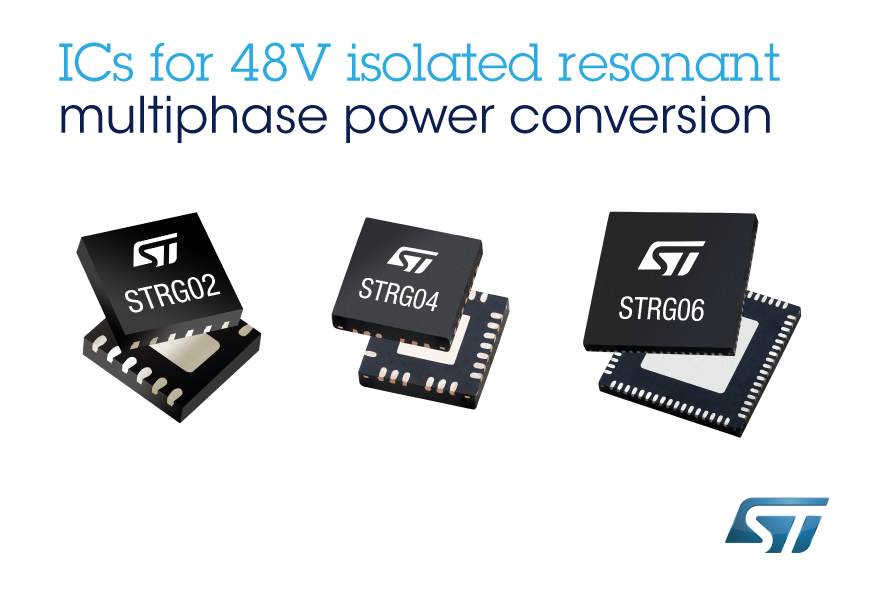STMicroelectronics (STM), a world’s leading supplier of both integrated and discrete power conversion semiconductors for electronic applications, has come up with a new family of power-conversion ICs for 48V datacenter architecture.

Servers and processors have ratcheted up their computer power and power consumption with the Multicore chips to meet the performance demands. The main aim of this next generation power architecture is to significantly remove the wasted power inside a datacenter servers and also to meet the requirements of the new 48V architecture. By developing a family of ICs, the STM implemented a direct digital power conversion from 48V to support the complete range of the Datacenter power conversion applications. To reduce the power loss in the datacenters from power distribution, reduce space, cooling requirements, and cost, the direct digital power conversion eliminates the intermediate conversion stages.
The ICs are fully complaisant with Intel’s VR12.5 (Haswell and Broadwell), VR13 (Skylake) and DDR3/4 voltage-regulation specifications, and all FPGAs and ASICs for the Datacenter applications. These new chips with ST’s low voltage StripFETTM power MOSFET provides a robust and high efficient system operation. Its input voltage ranges from 36 to 72V, output voltage ranges from 0.5 to 12V and has power efficiency of > 97% at 12V/500W and high system bandwidth using the minimal PCB space.
The 48V architecture provides ultra high efficiency to the Datacenters at low cost of ownership. To support this next generation application, the STM developed a unique isolated resonant power converter, which offers industry-leading power efficiency, along with the excellent scalability, and flexibility for all possible applications.
Availability
The three power conversion ICs for 48V architecture are available now and the STM also offers a demo board to highlight the advantages of the 48V architecture and its three chip solution.
Filed Under: News


Questions related to this article?
👉Ask and discuss on EDAboard.com and Electro-Tech-Online.com forums.
Tell Us What You Think!!
You must be logged in to post a comment.